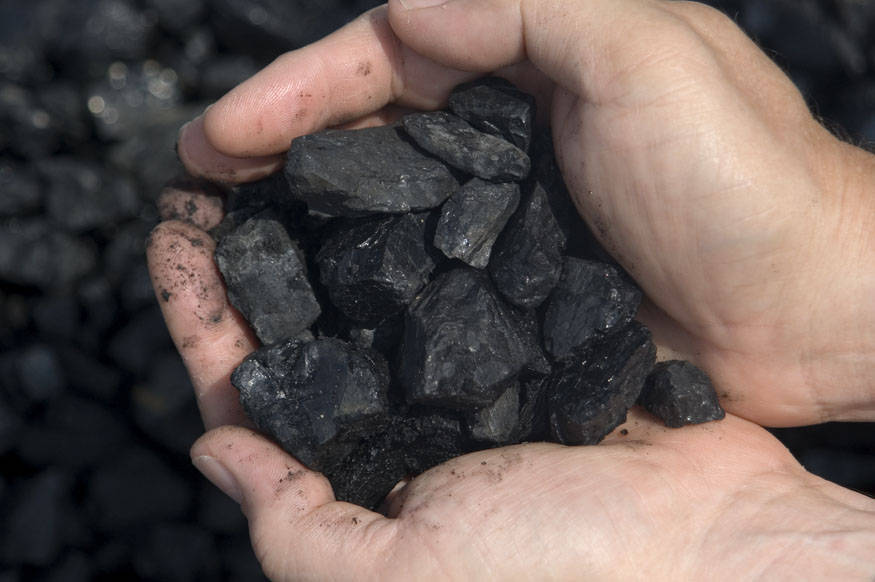On May 13, the government told us that between August and December this year, the covid vaccine availability/production will be ramped to around 216 crore doses. Tweets were published by several government handles. (You can take a look here and here).
Many media reports were also published regarding the same. As the Mumbai edition of The Times of India reported on May 14: “Setting out its roadmap to vaccinate the around 95 crore 18-plus population, the Centre said on Thursday India should be able to access nearly 217 crore doses between August and December.”
The following table shows how the 216-crore number was arrived at.
 Source: Ministry of Health and Family Welfare. In case you are unable to see the table, click here.
Source: Ministry of Health and Family Welfare. In case you are unable to see the table, click here.
Several ministers reiterated this message. Prakash Javadekar, who holds multiple portfolios in the government, said: “India will get 216 crore new vaccines by December. India will be able to vaccinate more than 108 crore people with the help of these vaccines.” The health minister Dr Harsh Vardhan also made a similar statement.
The underlying message here was that the vaccine shortage, if any, would not be a problem in the months to come. Over the next few days, WhatsApp and other social media kept buzzing with this message. The above table was shared over and over again. The Be Positive crowd had a field day. So far so good.
The trouble is that the numbers in the table are just that, numbers. Allow me to explain.
75 crore doses of the Covishield vaccine are expected to become available between August and December, a period of five months. This implies a production capacity of 15 crore doses per month on an average.
In a submission to the Supreme Court on May 9, the government had said that the manufacturing capacity of the Serum Institute, the company which manufactures Covishield, is expected to go up from 5 crore doses per month to 6.5 crore doses by July 2021. Increasing production capacity from 6.5 crore doses per month to 15 crore doses per month is going to be some task.
Of course, the government always has the option of importing the Astra-Zeneca vaccine doses (which is locally manufactured as Covishield). But even if the government decides to import, the difference between the local production capacity and the projection of 15 crore doses per month on an average, is huge. Further, any imports will come at the expense of denting the atma nirbharta narrative.
When it comes to Covaxin, the estimated production between August and December has been assumed to be at 55 crore doses. This implies a production of 11 crore doses per month on an average.
The central government told the Supreme Court on May 9 that the manufacturing capacity of Bharat Biotech, the company which currently manufactures Covaxin, is expected to go up from 90 lakh doses per month to 2 crore doses per month, and further increase to 5.5 crore doses per month by July 2021. So, 5.5 crore doses a month is half of the 11 crore doses per month that is required as per the government’s calculation.
Of course, it needs to be remembered that the intellectual property for Covaxin is shared between Bharat Biotech and the Indian Council of Medical Research. Hence, Covaxin will also be manufactured by three public sector manufacturing facilities. These are Indian Immunologicals, Hyderabad, Haffkine Biopharmaceuticals, Mumbai, and Bharat Immunologicals and Biologicals, Bulandshar.
Based on this, the government told the Supreme Court: “This is projected to enhance Covaxin‟s current manufacturing of 1 crore doses/month to nearly 10 crore doses/month in the next 8-10 months.”
So, Covaxin’s production is expected to touch 10 crore doses per month only in 2022. At least, that’s what the central government told the Supreme Court. Nevertheless, that did not stop them from telling you and I, that 11 crore doses per month of Covaxin will be produced on an average between August and December. Given this, the vaccine production projections made by the government, don’t pass the basic smell test.
And we aren’t done with this yet. A close look at the above table tells us that it also includes doses from vaccines which haven’t been cleared for production. In fact, this was precisely the point made by the two amici appointed by the Supreme Court ( Jaideep Gupta and Ms Meenakshi Arora) in the Suo Moto writ petition that the Court is currently hearing.
As Wikipedia points out: “An amicus curiae (literally, “friend of the court”; plural: amici curiae) is someone who is not a party to a case who assists a court by offering information, expertise, or insight that has a bearing on the issues in the case.”
As the Amici told the Supreme Court:
“The [central government] has claimed that it will be able to vaccinate a substantial number of persons (around 100 crore persons requiring 200 crore doses) by December 2021. However, no projections have been shared with this Court regarding how this target would be achieved. Based on reports, it appears that the [central government] has factored a number of vaccines that are currently in their development stages to reach its projected number of 200 crore doses. This approach would be misguided as the success and efficacy of vaccines that are currently in the stage of clinical trials is uncertain and cannot be guaranteed.”
The interesting thing is that the central government hasn’t presented any projections of vaccine availability to the Supreme Court and in an affidavit submitted to the Court on May 9, it said: “It is difficult to predict the projections for vaccines given that it depends on variable factors such as introduction of new foreign vaccines, capability of increased production by existing manufacturers, among others.”
Of course, the variable factors did not stop the government in confidently telling us that 216 crore vaccine doses would become available between August and December, later this year. Something, it didn’t have the confidence to tell the Supreme Court on May 9, it told the country on May 13, four days later, and has been saying it over and over again since then.
What this tells us is that the submissions to the Supreme Court are clearly not good WhatsApp material and hence, things can be said as the way they are.
Nevertheless, the Solicitor General, during the course of his oral submissions to the Supreme Court, did say: “He is in a position to address these concerns of this Court and that the UoI aims to vaccinate approximately 100 crore persons by the end of December 2021.”
Nonetheless, there is a huge difference between an aim, a plan, and a projection, as we have seen in the calculations earlier in this piece. Numbers are just numbers and can easily be tortured to arrive at what one wants to say. The table accompanying this piece is an excellent example of this phenomenon.
But then on WhatsApp who is bothered about the details and the nuance. So, the main aim of the government was to project a confident be positive narrative and it did just that.
To conclude, it is safe to say that there is one truth out there for the Supreme Court and another for the country at large.





